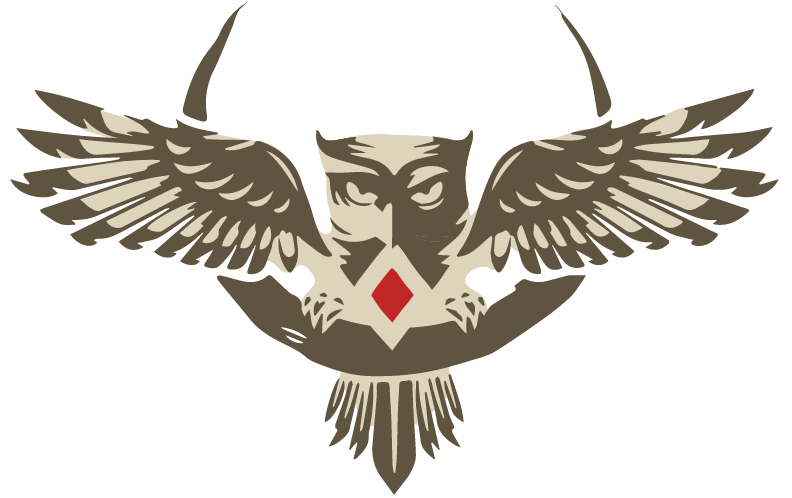Finding the Right People to Facilitate Personal Storytelling With Understanding and Care
Reading time 2 minutes

The original idea for Tapestries of Transformation included a multi-day retreat during which veterans, active duty, and community participants would come together to share stories. Through this process, shared values and a new narrative would emerge.
Culture bearers were essential in facilitating the understanding and integration of these stories into our project.
Defining the Role of Culture Bearers
Culture bearers in our case were individuals who:
- Have borne witness to the experiences of veterans and understand their journey.
- Are deeply connected to the land and its history.
- Are skilled at building trust and holding a safe space for the sharing of difficult and personal stories.
The Morongo Basin, historically Cahuilla and Serrano territory, holds stories and practices that have endured for millennia, offering a perspective on living harmoniously with the environment.
We reached out to Kim Marcus, a Cahuilla and Serrano elder, whose connection to the land and its history provided invaluable insights, and to Delores “Lola” Mondragón, a Chicana and Chickasaw Nation member, who is also a U.S. Navy veteran and doctoral student who organizes indigenous healing circles and serves as a ceremonial drum keeper.
We were also fortunate to include Ben Dennis, a U.S. Air Force veteran and first responding fire fighter with extensive experience in various fields, including psychology and philosophy, and Miguel Rivera, who had personal connections to the military through his family and a history of supporting veterans.
Mil-Tree had worked with Ben and Miguel many times and understood their approach and what to expect in working with them on these deeper retreats.
Engaging with Culture Bearers
Once we identified potential culture bearers, we ran the scope of the program past them. It was crucial to ensure they were on board and aligned with our vision before finalizing our grant proposal.
Their input helped us adapt the scope and budget appropriately, increasing our chances at being awarded the grant.
Since we had worked with these individuals in the past, we knew we could trust them with the vision we had laid out in our programming. We knew their process was genuinely respectful of our veterans and community members.
Collaborative Development
After securing the grant, we began working closely to develop an agenda and outline of the retreat and workshops, to ensure both would reflect the collaborative and inclusive spirit of the project. This involved regular meetings and discussions to ensure everyone was aligned and informed.
